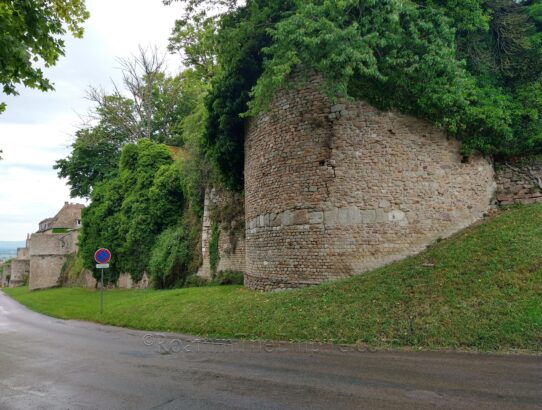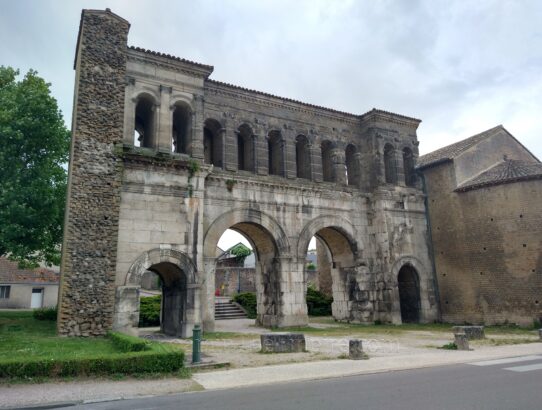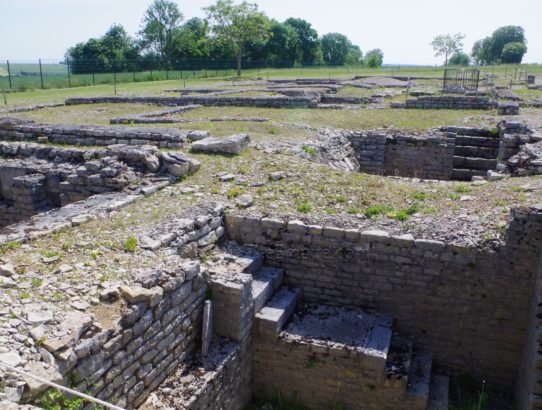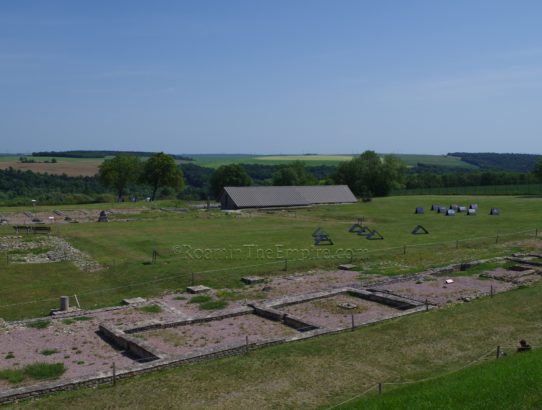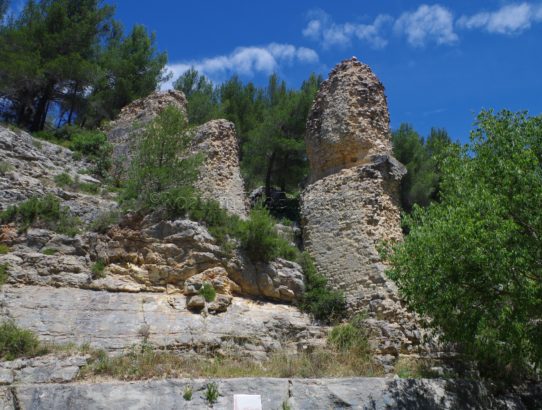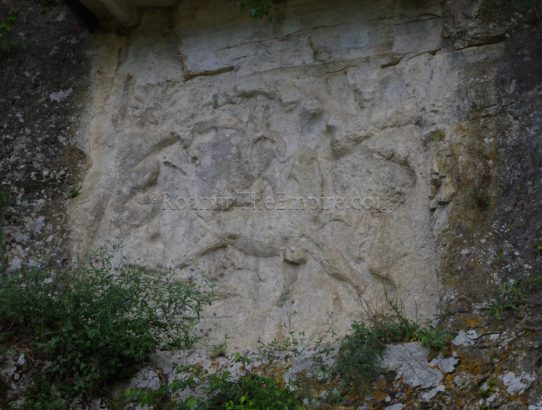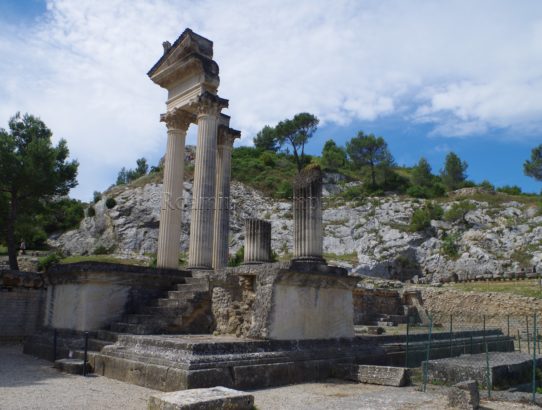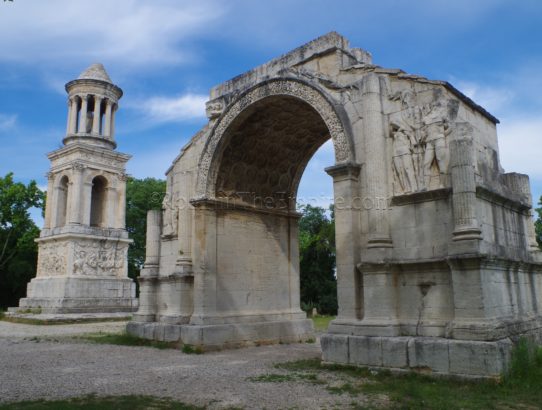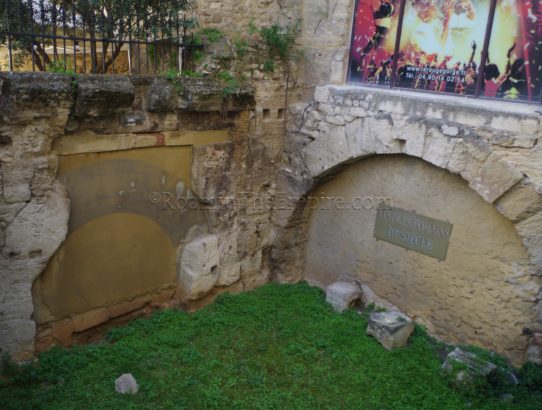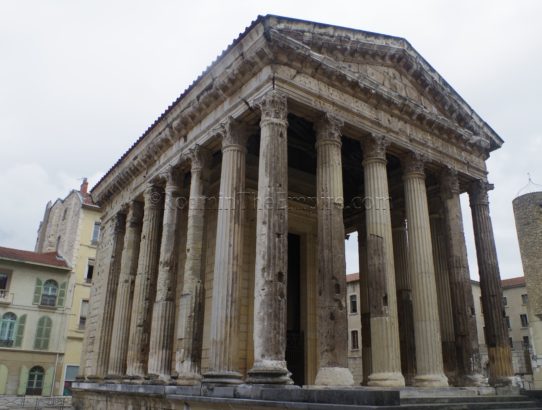Augustodunum, Gallia Lugdunensis – Part II
Continued From Augustodunum, Gallia Lugdunensis Part I From the Porte Saint-André, it’s about a 10 minute, 700 meter walk to the next site located to the south; Les Maisons des Caves Joyaux. This building is located down the access road to the Roman theater off of Av. du 2 ème Dragon. Though there is no…
Read More


